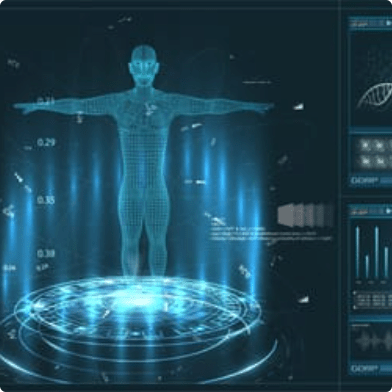- 18/07/2023
- by Dr. Pinak Dasgupta
- Blog
Robotic surgery is a cutting-edge technology that is revolutionizing the field of medicine. In this presentation, we’ll explore the history, workings, and potential of this amazing technological innovation.
Introduction to Robotic Surgery
Pioneers
Robotic surgery was first conceived in the late 1980s and early 1990s by a group of engineers at the National Aeronautics and Space Administration (NASA).
Advances
The first surgical robot, the Automated Endoscopic System for Optimal Positioning (AESOP), was developed in 1990. The first robotic surgery was performed in 1985 to help a doctor remove an enlarged prostate gland.
Definition
Robotic surgery is the use of robotic systems to aid in surgical procedures. It enables doctors to perform more complex surgeries with greater surgical precision.
How Robotic Surgery Works

Robotic Arms
Most robotic surgery systems consist of several robotic arms controlled by a computer. These arms hold the surgical instruments and provide the surgeon with greater dexterity.

Surgeon Console
The surgeon sits at a console and views images of the surgical site in real-time. They control the robotic arms through the console.

3D Visualization
The system provides the surgeon with a three-dimensional image of the surgical site, enabling them to view it from multiple angles.
Advantages of Robotic Surgery Over Traditional Surgery
- Greater Precision:
The robotic arms are highly precise, enabling surgeons to perform complex procedures with greater accuracy.
- Minimal Scarring:
Robotic surgery requires smaller incisions, resulting in less scarring and a reduced risk of infection.
- Faster Recovery: Patients often recover faster from robotic surgery due to the smaller incisions and reduced trauma to the body.
- Reduced Pain & Bleeding: Robotic surgery is less invasive, resulting in less blood loss and reduced pain for the patient.
Challenges and Limitations of Robotic Surgery
01
Cost
Robotic surgery systems can be costly, making them unavailable to many hospitals and patients.
02
Training
Surgeons need to undergo specialized training to operate the robotic system, and many hospitals lack the resources to provide this training.
03
System Limitations
Robotic surgery systems have limitations, such as limited dexterity and a lack of tactile feedback, which can make some procedures more challenging.
Examples of Robotic Surgical Procedure
- Colorectal Surgery: Robotic surgery has become the preferred method for performing rectal cancer surgery due to its precision and reduced recovery time.
- Hernia Surgery: Robotic surgery is also being used to perform complex hernia surgeries, resulting in smaller incisions and quicker recovery times for patients.
- Gastro Surgery: Robotic surgery is being used to perform gastrointestinal surgeries, such as fundoplication, stomach, esophageal procedures which is less invasive and results in less scarring.
Current State and Future of Robotic Surgery

The Present
Robotic surgery is currently being used in a variety of surgical procedures and is becoming more accessible to hospitals and patients.

The Future
The future of robotic surgery includes advancements such as haptic feedback, artificial intelligence, and virtual reality.
Conclusion: Impact of Robotic Surgery on the Medical Field
- Improved Surgical Outcomes: Robotic surgery has the potential to greatly improve surgical outcomes, resulting in faster recovery times, fewer complications, and better patient outcomes.
- Increased Access to Healthcare: As robotic surgery becomes more widespread, it will become more accessible to patients, particularly those in rural or underserved areas.
- Continued Innovation: The development of robotic surgery will continue to be an area of innovation and advancement in the medical field.



